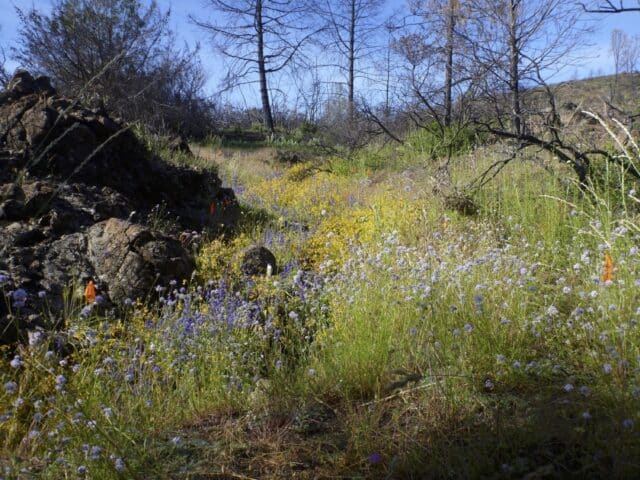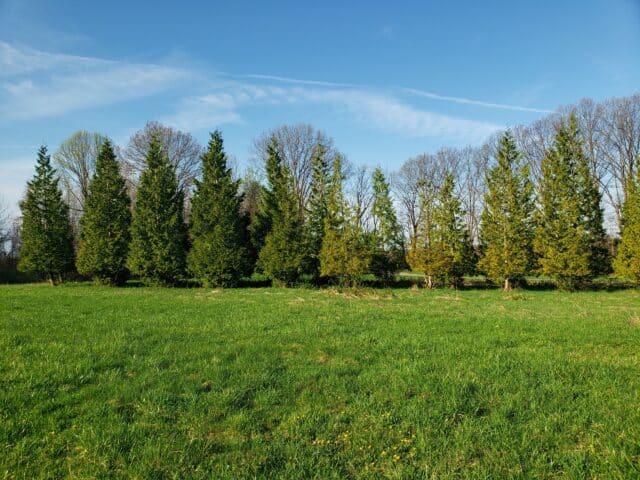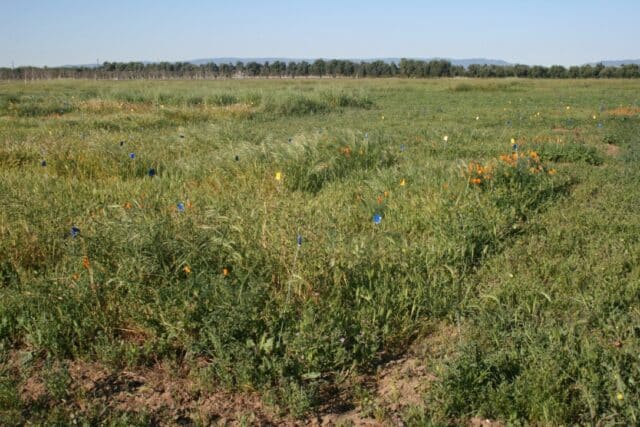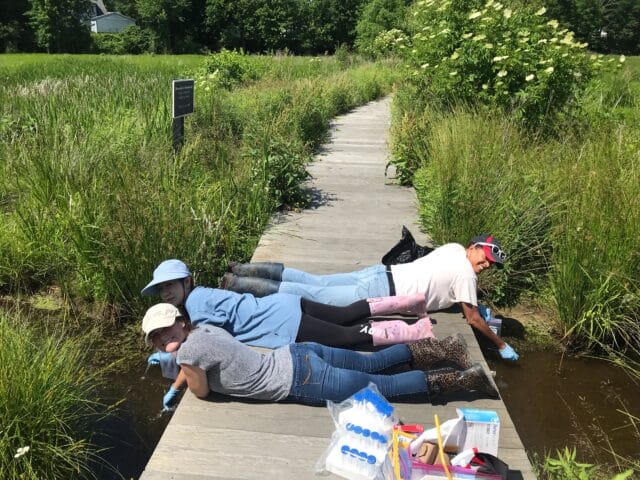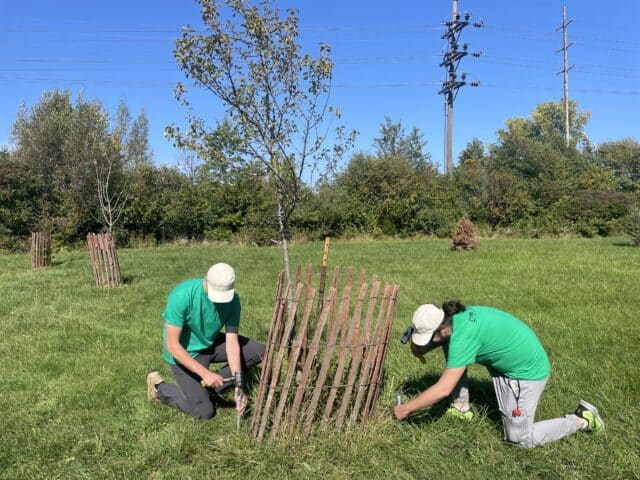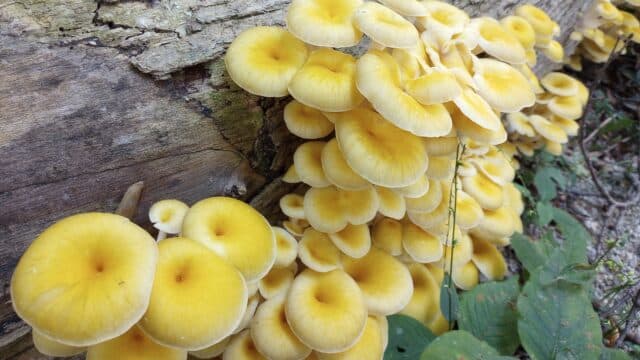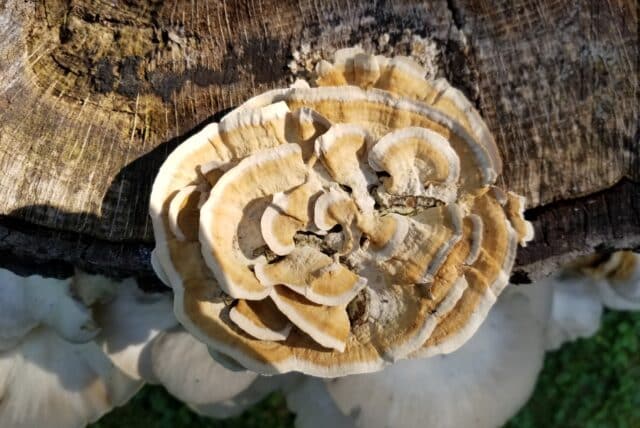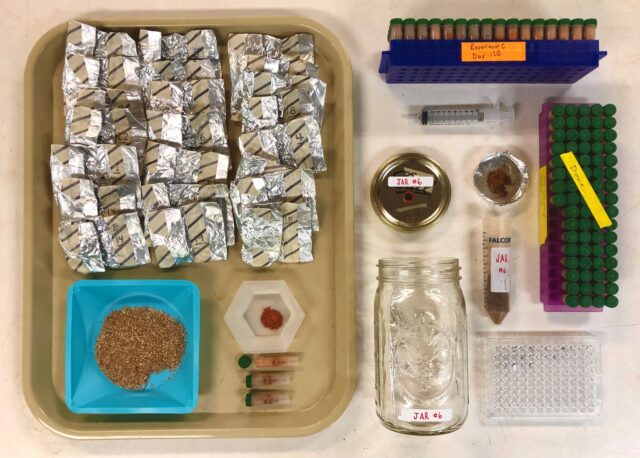
Beech Leaf Disease (BLD) was first documented in 2012 in Lake County, Ohio and has now been found in 17 of Ohio’s counties, 10 states, and in Canada.
BLD can be recognized by distinctive banding or striping on affected leaves, but symptoms also include complete discoloration and curling of leaves, followed by early leaf-drop (in June or July) and branch die-back.
Holden began annual monitoring of BLD symptoms in our natural areas and collections in 2015 and has documented rapid declines and high rates of mortality in understory trees, canopy thinning of mature trees, and reduced seedling density. The Research Department, in collaboration with others, has demonstrated that a non-native invasive nematode (Litylenchus crenatae mccannii) plays a central role in this disease.
The apparent rate of spread of BLD suggests a vector is moving nematodes over longer distances than these microscopic worms could travel on their own. When a pest or pathogen moves further and faster than expected, birds are often considered a possible vector. Dani Martin (Forest Pathologist; US Forest Service) recently began investigating whether and how birds might serve as vectors for L. crenatae by capturing birds in BLD-affected areas and collecting fecal and other samples. These are then tested for L. crenatae DNA.
Three rounds of netting at Holden (January, April, and August 2022) resulted in nearly 80 birds from more than 10 species. Birds were captured in mist-nets at one of two locations at Holden, held briefly to allow time for defecation, then measured and dusted for mites before being released at capture location.
Many samples have tested positive for L. crenatae, indicating that the nematode that causes BLD are present on birds. Next steps include looking for viable (live) nematodes in samples collected from birds, and more direct testing of nematode presence and viability in fecal samples (i.e. demonstration that nematodes can survive passage through a bird’s digestive system).






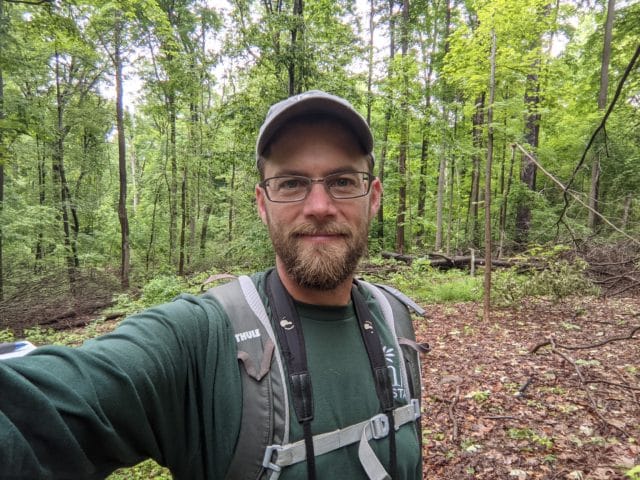
Mike Watson
Conservation Biologist
Mike has been the Conservation Biologist at Holden since 2007. His work focuses primarily on wildlife issues such as bird and bat surveys, conservation efforts to support species and/or communities, deer population management, and human-wildlife conflicts. Specific projects include coordinating Holden’s nest box program to support a variety of native cavity-nesting bird species, tracking changes in bat activity in response to forestry treatments, and tracking seasonal movements of the local breeding population of dark-eyed juncos. Mike also assists with non-wildlife projects, including beech leaf disease assessments, deer browse impacts to native vegetation, and hemlock woolly adelgid monitoring.
